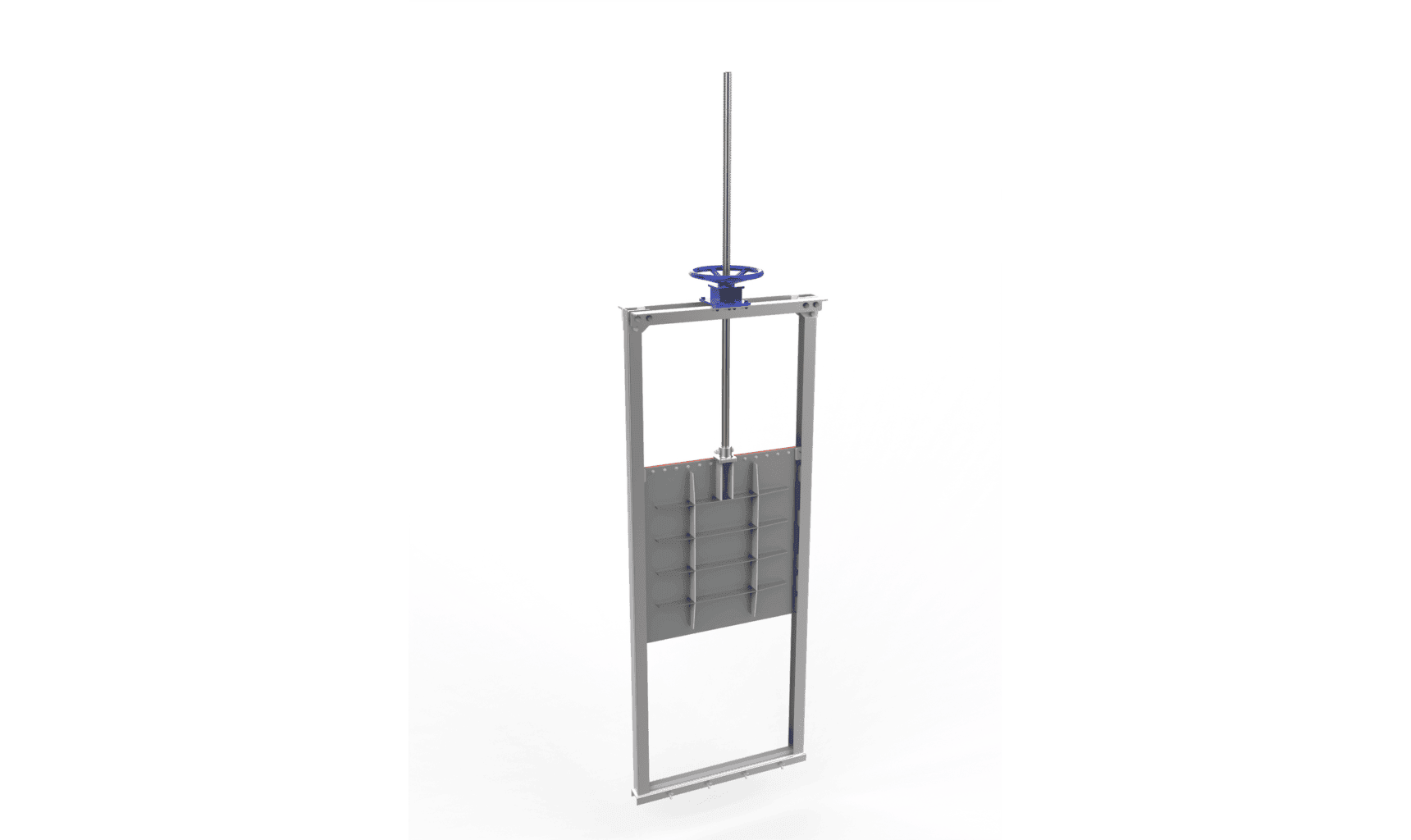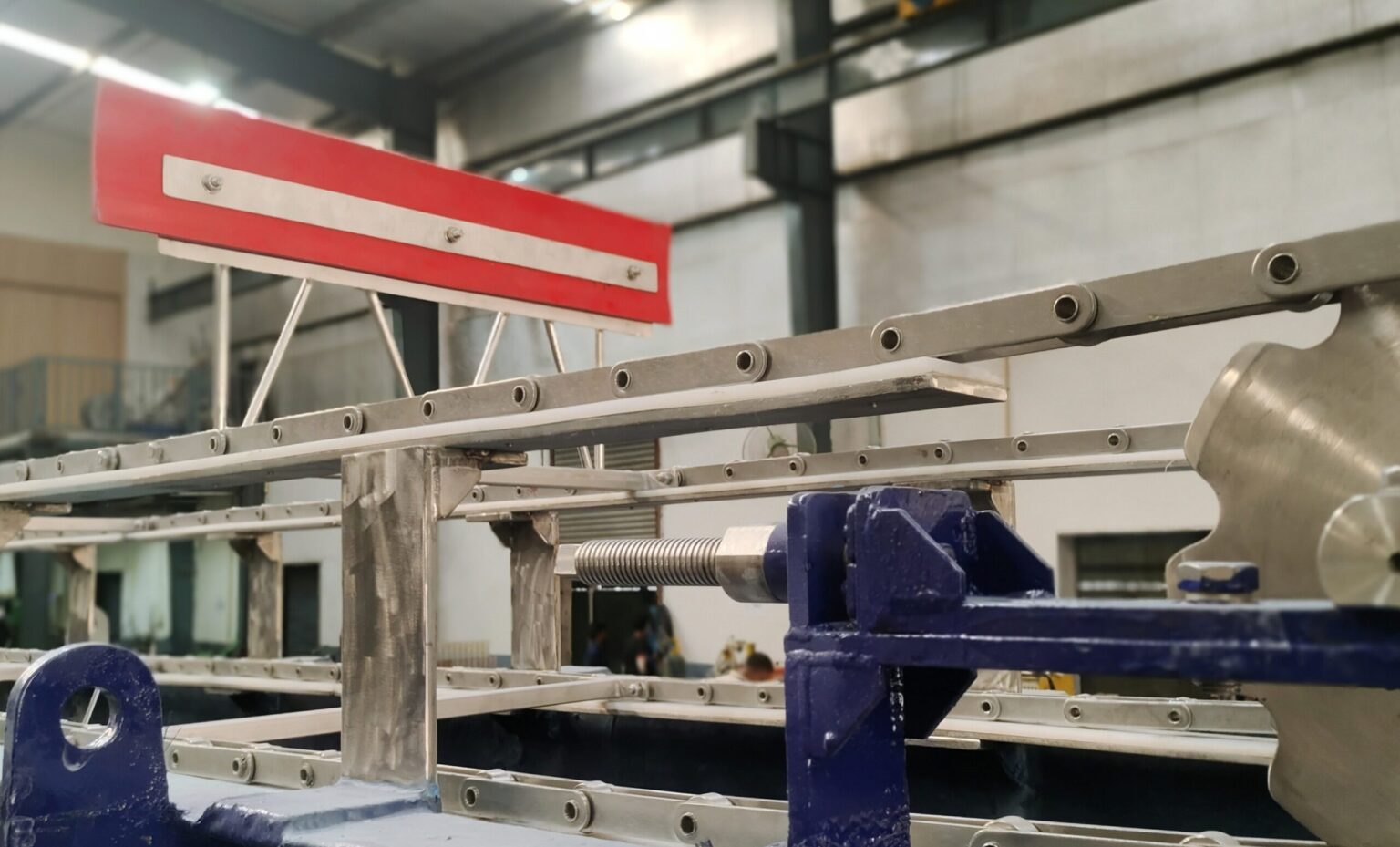Gates in Water Management Systems

Water is a precious natural resource. Managing water effectively is critical to meet human water requirements and maintain the ecological balance. One essential mechanism for managing this valuable resource is the use of sluice gates, which play a crucial role in regulating water flow and maintaining water levels in dams and reservoirs.
Water Management System
Water management system encompasses the planning, development, distribution, and regulation of water supply for various uses, including agricultural, industrial, and municipal needs.
Key components of a water management system may include:
- • Ensuring a reliable supply of water from sources like rivers, lakes, and aquifers.
- • Systems for transporting water, such as pipes, pumps, and treatment facilities.
- • Monitoring and managing water quality to ensure it meets safety standards for consumption and environmental health.
- • Implementing measures to prevent and mitigate flooding.
- • Techniques for optimizing water use in agriculture to promote sustainable practices.
- • Treating and recycling wastewater to protect water resources and the environment.
- • Establishing laws and guidelines to ensure fair and sustainable use of water resources.
Overall, effective water management systems are essential for addressing challenges like water scarcity, pollution, and climate change.
Role of Sluice Gates in a Water Management System
Sluice Gates
Sluice is a man-made channel for carrying water, with an opening at one end to control the flow of the water. The gate that controls a sluice is a valve known as a sluice gate. The sluice gate design restricts water flow, commonly in one direction. This helps to control water levels and flow rate in rivers, dams, canals and wastewater treatment plants; essential components of a water management system.
Sluice gates come in different types, based on the applications and conditions. Primarily, a sluice gate is a vertical rising gate. The gate is raised vertically to allow fluid to flow under it. The lowering of the gate seals the opening, to stop the flow.
If the fluid is allowed to flow over the top of a sluice gate when it is closed, the gate is known as a weir gate. Sluice gate openings can be round, square or rectangular.
Sluice gates play a vital role in water management through several key functions:
- 1.Flow Regulation: Sluice gates control the amount of water flowing through a dam or canal, allowing operators to manage water levels effectively and respond to changing conditions.
- 2.Flood Prevention: By regulating water release during heavy rainfall or snowmelt, sluice gates help prevent downstream flooding, protecting infrastructure and ecosystems.
- 3.Reservoir Management: They maintain desired water levels in reservoirs, ensuring a stable supply for irrigation, drinking water, and industrial use.
- 4.Sediment Control: Sluice gates can help manage sediment transport, allowing for the removal of accumulated sediment in reservoirs and preventing it from affecting water quality and capacity.
- 5.Water Quality Maintenance: By controlling flow rates, sluice gates can help maintain water quality, reducing the risk of stagnation and promoting better circulation.
- 6.Irrigation Support: Sluice gates facilitate the distribution of water for agricultural purposes, ensuring that farmers receive adequate water for their crops.
- 7.Ecosystem Management: They can be adjusted to create optimal conditions for aquatic habitats, supporting biodiversity in rivers and wetlands.
Sluice and weir gates are essential tools for effective water resource management, contributing to safety, sustainability, and ecological health.
Role of Weir Gates in Open Channels
In a water management system open channels are often used for irrigation, flood control, drainage, and navigation. They can help manage water resources effectively for agricultural and urban needs. Water in open channels flows along the surface, which allows for interaction with the environment, including sediment transport and ecological functions.
The flow of water in open channels is influenced by gravity and is subject to various hydraulic principles. The dynamics of open channels can lead to erosion of the channel banks and bed, as well as sediment deposition downstream, affecting water quality and habitat.
A weir gate regulates water flow in open channels, contributing to effective water management. Here’s how it works:
- 1.The weir creates a controlled overflow, which allows operators to regulate how much water is released downstream. By adjusting the height of the water behind the weir, the flow can be managed effectively.
- 2.The height of the water flowing over the weir can be correlated to flow rate, allowing for accurate measurements. This is particularly useful in hydrological studies and water management practices.
- 3.The weir creates a backwater effect, raising the water level upstream. This proves to be beneficial for creating storage capacity for irrigation or municipal use.
- 4.During heavy rainfall, weirs can help manage excess water by controlling overflow, thereby reducing the risk of downstream flooding.
- 5.By slowing down the flow, weirs can facilitate sediment settlement, improving water quality and maintaining the channel’s shape.
A weir gate effectively regulates water flow in open channels by controlling overflow, allowing for precise measurement, flood management, and sediment control, all of which contribute to efficient water resource management.
Frequently Asked Questions
Q1.Where are open channel gates commonly used?
A. Open channel gates are used in irrigation systems, wastewater treatment plants, flood control systems, and in various industrial applications where fluid management is required.
Q2.What maintenance is required for sluice gates?
A. Regular maintenance includes inspecting for corrosion or damage, ensuring the gate operates smoothly, and clearing any debris that may obstruct the gate’s function.





